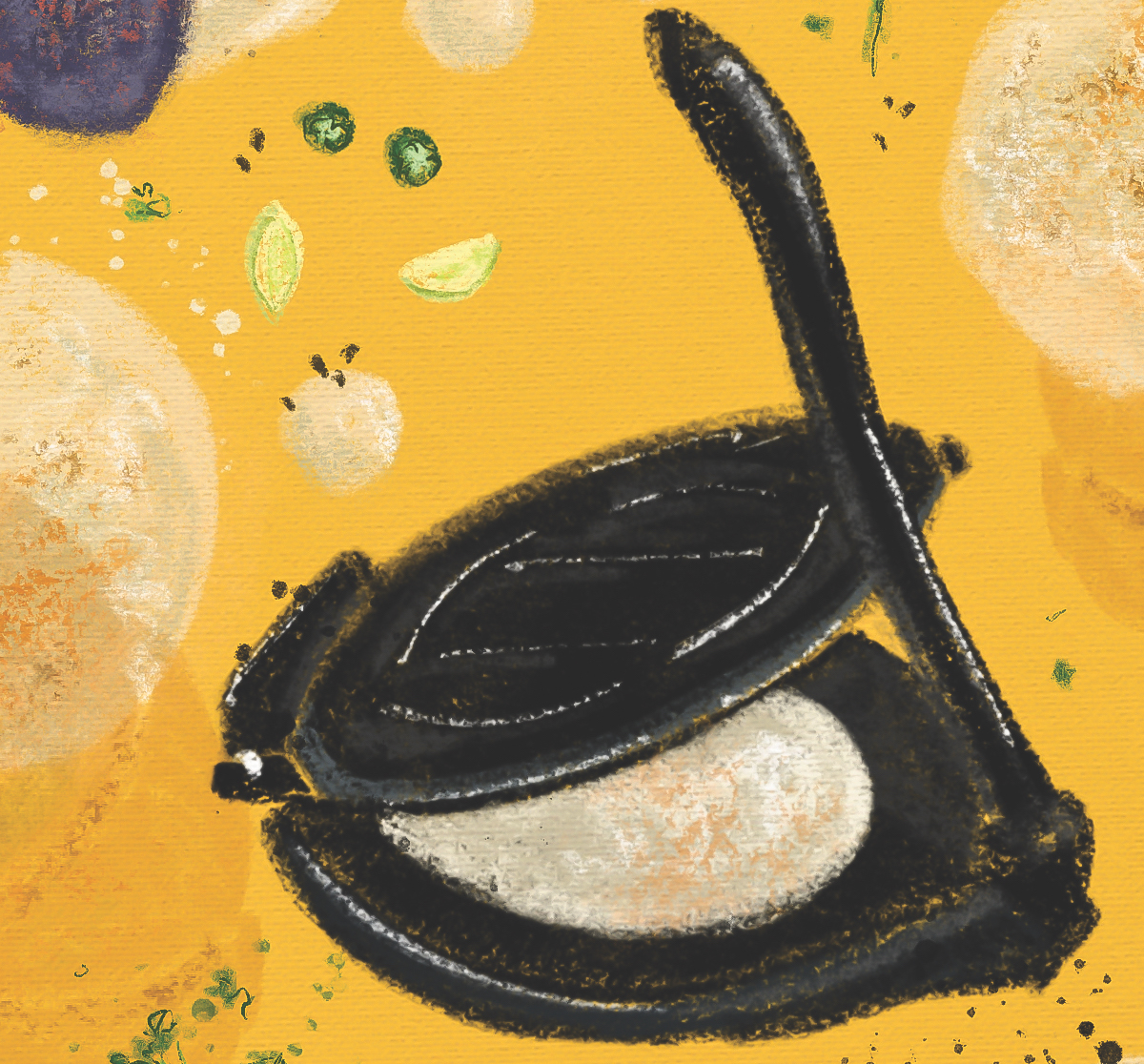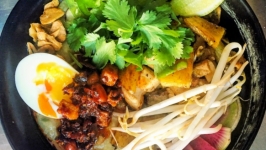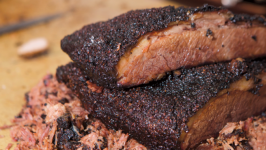My Tortilla Obsession: From masa harina to hand-pressed bliss
The day I pressed my first ball of masa in my Victoria tortilla press, I became a tortilla snob. Those first few batches of corn tortillas weren’t perfect—too dry, too sticky, too thin—but they were better than every store-bought corn tortilla I’d ever tried.
I’d come to realize that every great taco filling was nothing without a soft, sturdy base. Many weekends I tinkered with different brands of masa harina, the processed corn flour most commonly used to make tortillas at home, comparing Maseca versus Bob’s Red Mill versus whatever I had found online that day and settling on Bob’s (I like tortillas with texture).
I became picky about where I ate out and started asking servers whether their restaurants’ tortillas for their tacos were freshly made (or—the horror—flour), then promptly ordered other things when their answer was inevitably, predictably, “no.” During one intense Googling session, I was tipped off to a company called Masienda that supplies several high-end restaurants with landrace corn varieties—blue cónico, white olotillo—straight from Mexico, and from then on, I used every special occasion to dine at restaurants like Cosme, where I always get a second helping of blue corn tortillas.
Though I spent a lot of time practicing and sampling in New York City and Mexico, my tortilla experimentation was and still is limited. Truly great tortillas are not made from the just-add-water masa harina I was buying at my grocery store. The best start with corn kernels that are then nixtamalized (cooked with water and calcium hydroxide), a process that ups the nutritional content of the corn and allows it to be formed into dough. That nixtamalized corn is finely ground into fresh masa, shaped into tortillas, toasted and eaten soon after. Masa harina, on the other hand, is dried and powdered after it’s nixtamalized, losing flavor in the process.
Much as I wish, I don’t have the time or space to nixtamalize my own corn at home, and dinners at fine Mexican restaurants that make fresh masa aren’t an everyday occurrence. So for fresh-from-the-kernel tortillas, I visit Tortilleria Nixtamal in Corona. Here, co-owners and partners Fernando Ruiz and Shauna Page, who started their business in 2008 after struggling for years to find fresh masa in New York City, make my dream tortillas—cheap, pliable, a little nutty. Their operation churns out some 250,000 tortillas a week for restaurants like Casa Enrique in Long Island City, and home cooks like me.
When I need my fresh tortilla fix, I go to their taqueria for the weekend parrillada molcajetes—grilled meat, roasted nopales, onions and cilantro, and a few other ingredients you assemble into your own tacos. Other times, I add 40 more minutes to my commute and stop by their tortilleria and rosticeria off the 103rd Street stop on the 7 for a bag of fresh tortillas ($2 a pound) or masa ($1.25 a pound). No matter how many heritage and homemade varieties I eat, the tortillas at Tortilleria Nixtamal, in my backyard, are the ones I crave most.
Victoria tortilla press | @victoriacocinacastiron
Maseca
Bob’s Red Mill | @bobsredmill
Masienda | @masienda
Cosme | @cosmenyc
Tortilleria Nixtamal | @tortillerianixtamal
Casa Enrique | @casaenrique









